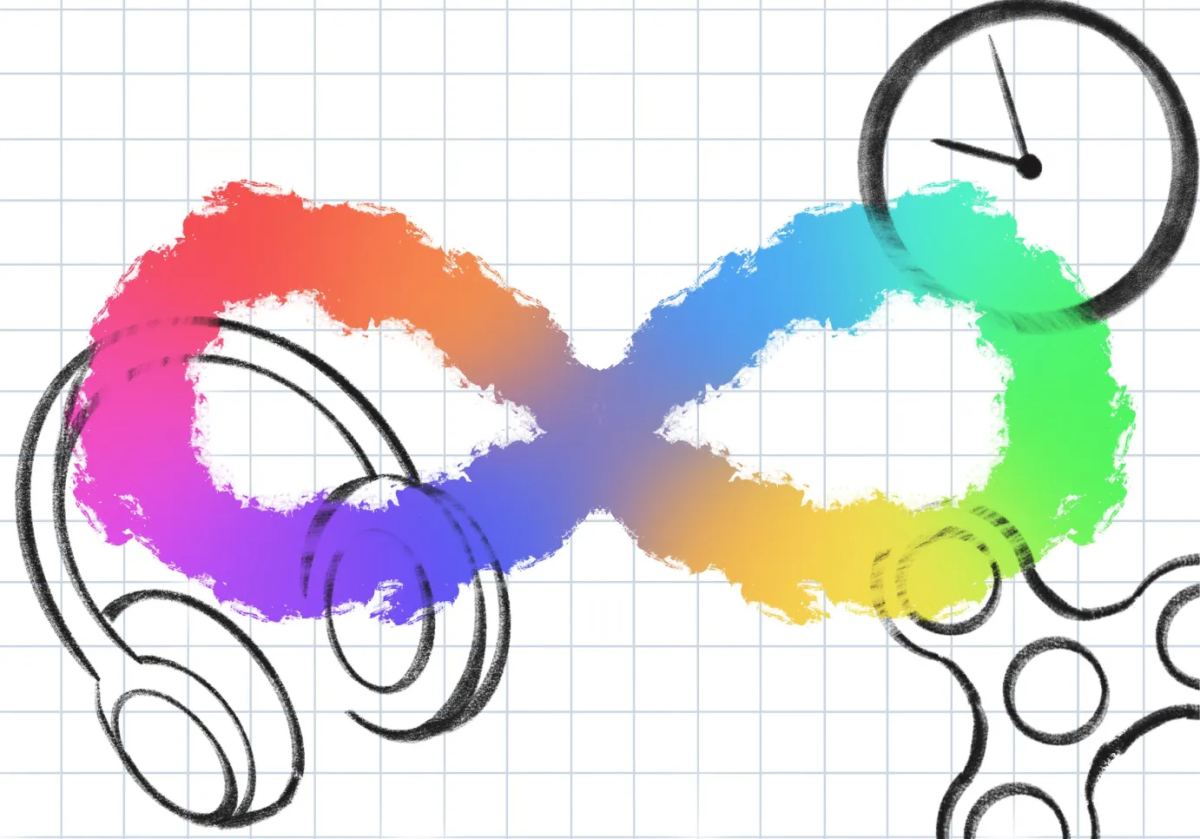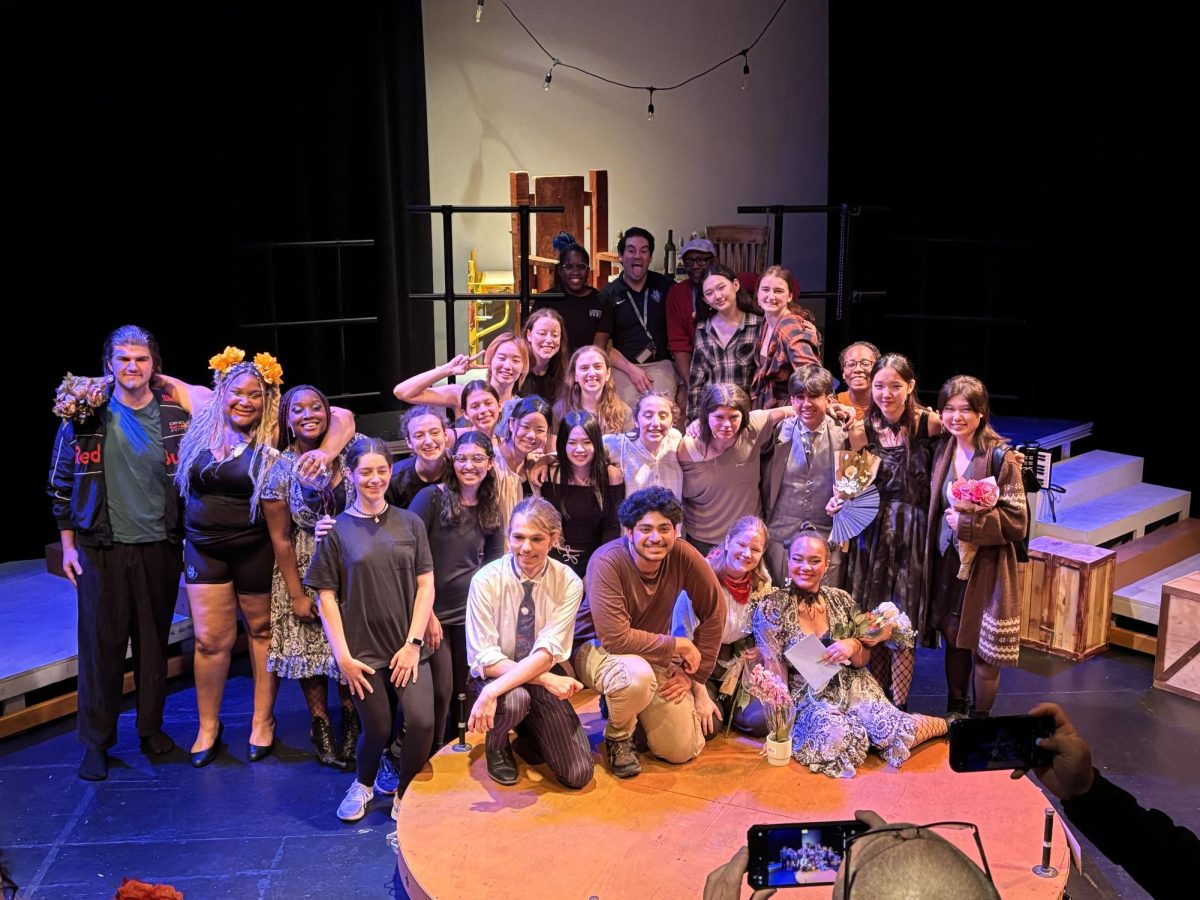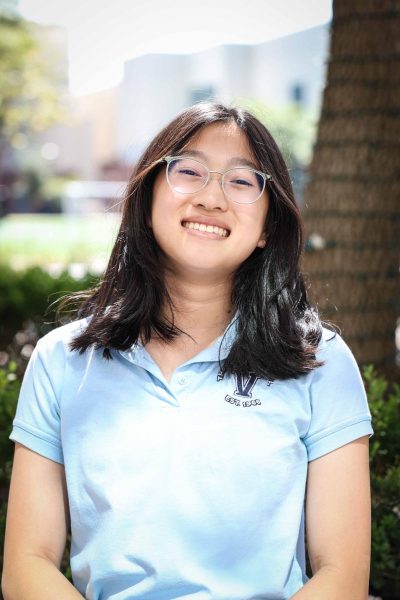When it comes to the learning at The Village School, there is a type of diversity beyond just culture – there is a great spectrum of neurodiversity (ADHD, autism, dyslexia, etc.) among students too! In many cases, this leads to traditional learning being not the best environment for growth and education. This is where learning accommodations come in as an essential component to maximizing the learning experience. But making such a learning environment isn’t just a job for the teachers and staff, it’s something students also must work to achieve. According to such, the student-founded club of The Neurodivergence Association strives to change Village classrooms for the better.
This raises the question: what are learning accommodations, and what do they do for neurodivergent students? “Accommodations help suit a student’s sensory or motor skill needs,” said sophomore Selay Eser, president of the Neurodivergence Association here at Village. “Students who are neurodivergent inherently have certain disadvantages or weaknesses that need to be accommodated at school.” A large point of accommodations is supporting students with learning disabilities and providing for the various needs that they may have in a learning environment (for example, this may include a person with dyslexia who may need more time to process information or text). Due to the many learning barriers that students may face in class, it is essential that everyone works hard to always be improving the current accommodations for a better future for education at Village. It is difficult for teachers to understand exactly what a student may need, which is what makes it so imperative for the change to be created by the people that can most reliably inspire it.
Not only Village staff, but also students are working hard to make a considerate learning environment for all. “Our goal is to improve awareness for neurodiversity, as well as improve the state of accommodations at this school,” said Eser. “We find ways to adjust the different needs and, again, certain disadvantages that come with having a certain learning disability or neurodivergent disorder.” It is essential for both students and faculty to be putting effort into making The Village School’s educational experience as suitable for all students as possible, which is what makes Eser’s club so important to making changes and improvements in accommodations for students who are neurodivergent.
“We’ve created a weekly newsletter for us students in the accommodations program as well as neurodiversity workshops for teachers on professional development days,” said Eser. “My club has also created sensory rooms during pep rallies for neurodivergent students who are easily overwhelmed by loud noises and crowds.” These are but a few of the changes that Eser and other students who are participating in the club are working on; the Neurodivergence Association at Village is always working towards a better environment for students in and out of the classroom, from testing environments that are more tailored to learning disadvantages to making school dances better fit for students with sensory needs. Even in pep rallies, the club established sensory rooms for neurodivergent students who may be overwhelmed by the overloading chaos of such events. The changes the Neurodivergence Association has made has affected Village greatly, by helping both staff and students in forming a better experience at school for those with neurodivergence.
“What makes Village different from other schools is that we put in more effort into supporting students with these accommodations,” said Eser. “Of course it’s not perfect, but I think we’ve made a lot of great progress in supporting neurodivergent students.” In line with what Eser stated, no learning accommodations system is going to be perfect, but as long as both staff and students are doing their part in improving it, it will continue to progress and evolve into a Village where all students, with neurodivergence or not, can receive the best educational experience possible.








